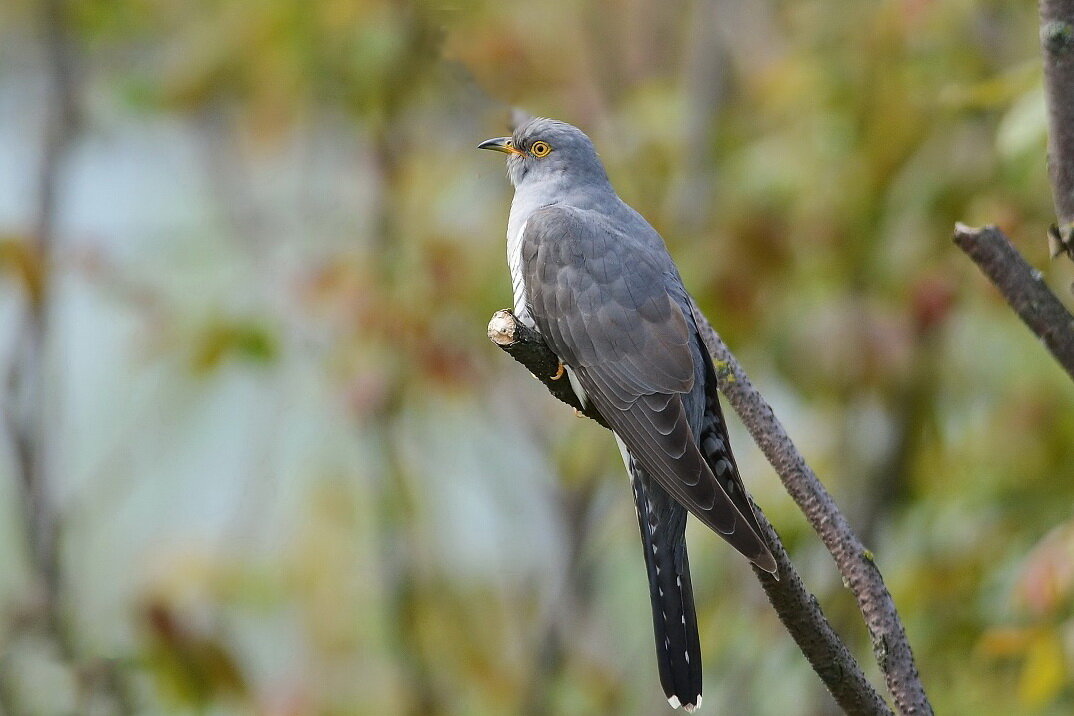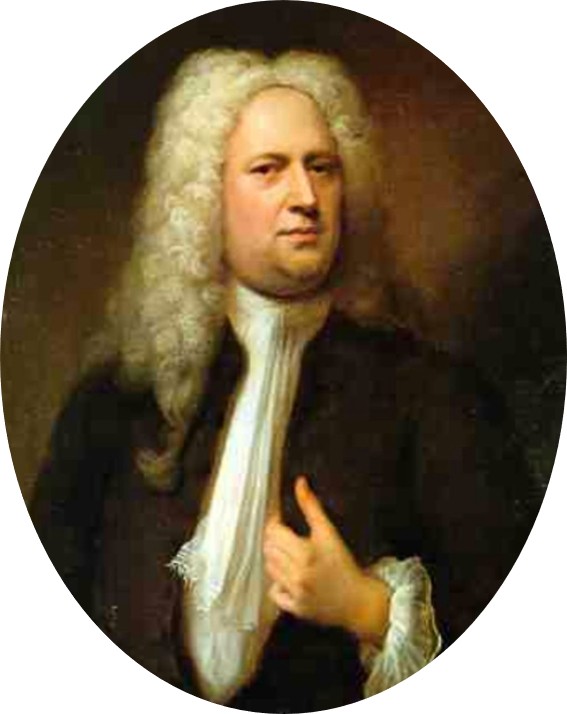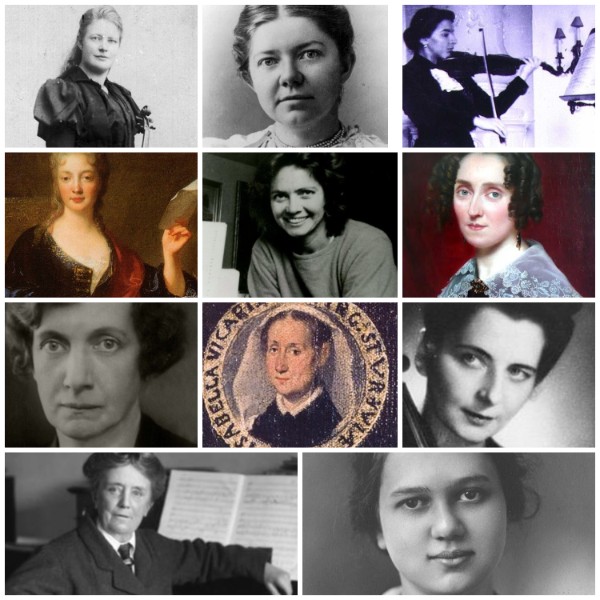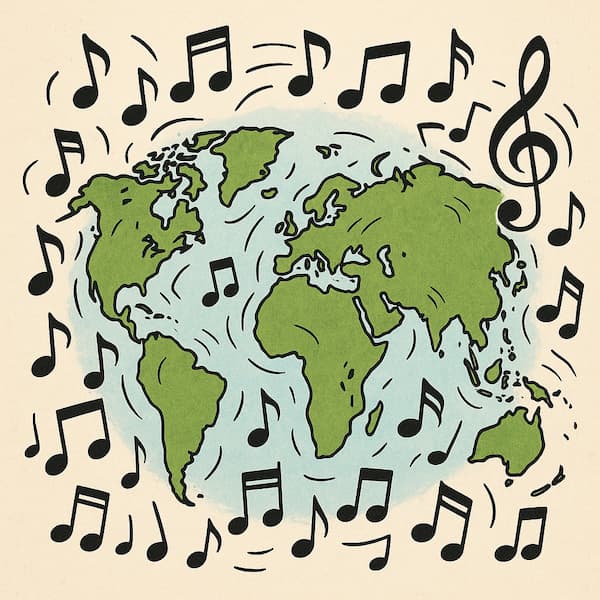Classical music composers have always been inspired by birds, for obvious reasons!
Today, we’re looking at thirty of the best pieces of classical music about birds ever written, dating from the 1500s to the present day.
Let’s stretch our wings and listen to some great music.

Russian cuckoo
Clément Janequin: Le Chant des Oiseaux (1528)
Composer Clément Janequin was born in the late 1400s in France and became one of his era’s most celebrated composers of chansons.
His whimsical Le chant des oiseaux (“The Song of Birds”) is one of his most famous pieces. In it, he often employs nonsense syllables instead of words, using the human voice to imitate the sound of birdsong.
Heinrich Ignaz Franz Biber: Sonata representiva (1669)
In his Sonata representiva, early Baroque composer Heinrich Ignaz Franz Biber attempted to imitate the calls of seven animals using musical instruments: the nightingale, cuckoo, frog, rooster, hen, quail, and a cat.
Take a listen and hear how successful he was!
Antonio Vivaldi: Spring from the Four Seasons (1718-20)
Antonio Vivaldi’s famous Spring from the Four Seasons is probably the most famous example of musical birdsong in classical music.
In the opening movement, violin trills imitate birdsong. How do we know that’s what Vivaldi intended? He included mention of the birdsong in the poems written in the score:
Festive Spring has arrived,
The birds salute it with their happy song.
Jean-Philippe Rameau: Le Rappel Des Oiseaux (1724)
Jean-Philippe Rameau’s Le Rappel Des Oiseaux (“The Call of the Birds”, or, in another translation, the “reminder” or “evocation” of birds) uses a keyboard instrument, brisk tempo, repeating notes, and trills to imitate birdsong.
Antonio Vivaldi: The Little Goldfinch (1728)
Antonio Vivaldi wrote hundreds of concertos for the all-women’s orchestra at his workplace, the Ospedale della Pietà.
Venetian orphans or abandoned babies would be taken in by the ospedale. The most talented would be trained and join a musical ensemble renowned across Europe.
This flute concerto, imitating the sound of a spirited little goldfinch, was written for these women.
Georg Philipp Telemann: Canary Cantata (ca 1737)
The entire title of this cantata is “Cantata oder Trauer-Music eines kunsterfahrenen Canarienvogels, als derselbe zum grössten Leidwesen seines Herrn Possessoris verstorben” or “Cantata or Funeral Music for an Artistically Trained Canary-Bird Whose Demise Brought the Greatest Sorrow to his Master.”
We don’t know who the master in mourning was. We also don’t know who wrote the words. But the work is deeply endearing and walks a sweet line between satire and genuine sadness.
Wolfgang Amadeus Mozart: Piano Concerto No. 17, Movement 3 (1784)
On 27 May 1784, Wolfgang Amadeus Mozart bought a pet starling bird at a Viennese pet shop. In the journal recording the expense, he transcribed a melody that the bird sang to him. That melody appears as the finale to his seventeenth piano concerto.
Joseph Haydn: Symphony No. 83 “Hen” (1785)
When Haydn was commissioned by a French nobleman to write six symphonies to be performed in Paris, he wrote one that came to be known as the “Hen.”
The nickname was inspired by the first movement’s jerky chicken-like clucking theme, which you can hear starting at 1:35 in the recording above.
Joseph Haydn: String Quartet No. 53 “Lark” (1790)
Haydn’s “Lark Quartet” got its name from a silvery first violin part that’s played in the upper reaches of the instrument and features elegant birdlike trills.
Ludwig van Beethoven: Symphony No. 6, Movement 2 (1808)
The second movement of Beethoven’s sixth symphony portrays a pastoral scene by a brook and features his musical imitation of birdsong.
The birdsong especially noticeable at the end of the movement, starting at 10:30 in the recording above. Beethoven went so far as to label the calls in the score: nightingale, quail, and cuckoo.
Gioachino Rossini: Overture from The Thieving Magpie (1817)
Rossini’s opera The Thieving Magpie isn’t often performed today, but the overture remains a classic.
The opera’s plot hinges on some valuable silverware that keeps disappearing. Unfortunately, in the Italian city where this opera takes place, theft is punishable by death. Little do the opera’s characters realize that the culprit is a devilishly clever magpie!
Franz Schubert: Die Vögel (1820)
“Die Vögel” (“The Birds”) is a charming song by Schubert, sung from the perspective of a bird.
The bird sings about how lovely it is to fly, how unfortunate humans are in comparison to them, and muses whether it should mock and antagonize a hunter.
Mikhail Glinka: The Lark (1840)
In 1840, Russian composer Mikhail Glinka wrote a collection of twelve pieces for voice and piano.
The most famous of these is The Lark, which is often heard today in an arrangement for solo piano. A highlight is the sparkling passagework that imitates birdsong in the middle of the piece (it starts around 2:20 in the performance above.)
Pyotr Ilych Tchaikovsky: Swan Lake (1875-76)
When listing classical music about birds, we had to include Tchaikovsky’s ballet Swan Lake!
This beloved ballet stars a prince who falls in love with the swan queen, Odette. An evil sorcerer transforms his daughter to look just like Odette, so that the prince will fall in love with her instead. Does this dastardly plan work? You’ll have to watch to find out!
Camille Saint-Saëns: The Swan from The Carnival of the Animals (1886)
In 1886 Camille Saint-Saëns took a break from writing his third symphony to compose something fun: a zoological fantasy that came to be known as The Carnival of the Animals.
That break resulted in “The Swan”, one of the most famous melodies in classical music history.
Jean Sibelius: The Swan of Tuonela (1895)
Keeping on the swan theme, in his 1895 tone poem The Swan of Tuonela, Sibelius uses the English horn to represent the bird.
The part portrays a sacred swan gliding through Tuonela, the underworld of Finnish mythology. A young man named Lemminkäinen has been tasked with killing the bird, but before he can, he is killed himself by a poisoned arrow.
Antonín Dvořák: The Wild Dove (1896)
In the tone poem The Wild Dove, Dvořák tells a shocking story.
A wife poisons her husband in secret and pretends to mourn at his funeral. Soon, she marries another man, hoping to embrace her new life.
However, a dove begins to sit on her husband’s grave, and its coo drives her to the edge of sanity. The birdsong drives her to take her own life.
Maurice Ravel: Oiseaux triste from Miroirs (1904-05)
This is one of the most mesmerizing works on this list.
Oiseaux triste (“Sad Birds”) is one of the five movements in Ravel’s suite for solo piano called Miroirs (“Mirrors”).
The piano part imitates a lonely bird call. Other birds soon join in, as suggested by the flurry of notes in the middle of the work. However, they ultimately vanish, leaving the single sad bird alone.
Edward Elgar: Owls (1908)
Owls is an Elgar piece that is deeply unlike his other work. It is mysterious and stark, and runs completely counter to every Elgar stereotype.
In 2010, critic Tom Service wrote in The Guardian, “The music is fragmentary, halting, dissonant and weird. It was the first time I’d heard this piece, too, and it’s the strangest three minutes of Elgar I’ve ever heard.”
Igor Stravinsky: The Firebird (1910)
The Firebird tells the story of a phoenix and its magic.
At the beginning of the ballet, Prince Ivan steals a feather from it, which transforms it into an ally. The phoenix reappears at important moments to save Ivan from being turned into stone and to destroy the very soul of the story’s antagonist, the evil Koschei.
Frederick Delius: On Hearing the First Cuckoo in Spring (1912)
This pastoral fantasy paints a lush picture of the pre-war English countryside.
The strings begin with a rocking cuckoo theme, but it becomes more birdlike around 1:40 in the recording above, when the woodwinds take it up.
Maurice Ravel: Daphnis and Chloé (1912)
This is one of the most dazzling pieces in the orchestral repertoire. It depicts a sunrise, accompanied by the chirps of rising birds. Just listen and enjoy: you’ll hear them almost immediately!
Ralph Vaughan Williams: The Lark Ascending (1914)
The Lark Ascending was written for violin and piano in 1914, then, after the war, rearranged for violin and orchestra, which is how it’s usually heard today.
The violin imitates the song of the lark, and is based on an evocative poem by British poet George Meredith that begins:
He rises and begins to round
He drops the silver chain of sound
Of many links without a break
In chirrup, whistle, slur and shake…
Amy Beach: Hermit Thrush at Eve (1921)
Amy Beach is an American composer who was born in 1867. She wrote many songs and solo piano pieces, and this later one is definitely one of her most evocative.
It is by turns wistful, haunting, and outright sorrowful, ending on a note of disquieting mystery.
Ottorino Respighi: Pines of Rome (1924)
The Pines of Rome is an extravagant four-movement tone poem for orchestra, portraying and celebrating Roman trees across various historical eras.
The birdsong appears in the third movement (at 14:25 in the recording above). Instead of just imitating a bird using an instrument, Respighi took the extra step of requesting that performers play a phonograph recording of a real-life nightingale.
Ottorino Respighi: The Birds (1928)
Luckily for listeners, Respighi’s love of birds didn’t stop with The Pines of Rome! It manifested again in The Birds, a suite for chamber orchestra.
In The Birds, Respighi adapts birdlike themes by four composers from the 1600s and 1700s. The result is sheer delight.
Sergei Prokofiev: Peter and the Wolf (1936)
Peter and the Wolf is a work that has introduced countless children to orchestral music.
In it, Prokofiev uses the flute to portray a bird and the oboe to portray the duck. Over the course of the story, the bird and the duck argue. By the end of the story, the duck finds itself swallowed whole in the wolf’s belly.
Olivier Messiaen: Le Merle Noir (1952)
French composer Olivier Messiaen was obsessed with birdsong: listening to it, cataloguing it, imitating it, and celebrating it.
Le Merle Noir (“The Blackbird”) is his shortest complete work, standing at a little over five minutes, and written for piano and flute.
It was written as an exam piece at the Paris Conservatoire, and has neither a time signature nor a key signature!
Olivier Messiaen: Catalogue d’oiseaux (1956-58)
Catalogue d’oiseaux (“Catalog of Birds”) is a book of thirteen works for solo piano. It was dedicated to his second wife, pianist Yvonne Loriod.
Messiaen wrote of the work:
Each piece is written in honour of a French province. It bears the title of the bird type of the chosen region. It is not alone: its habitat neighbours surround it and also sing… Its landscape, the hours of day and night that change this landscape, are also present, with their colours, their temperatures, the magic of their perfumes…
Einojuhani Rautavaara: Cantus Arcticus (1971)
The subtitle of Finnish composer Einojuhani Rautavaara’s Cantus Arcticus is “Concerto for Birds and Orchestra.”
It takes Respighi’s idea of duet for recorded bird and orchestra a step further, by relying on multiple birdsong recordings played alongside the orchestra part.
These recordings were made in Finland.
Conclusion
Classical music composers and birds have a longstanding relationship, and it seems inevitable that that relationship will only continue for as long as humans are making music. They’re the original composers!
The next time you hear birdsong outside, be sure to stop, listen and enjoy the concert.
For more of the best in classical music, sign up for our E-Newsletter



